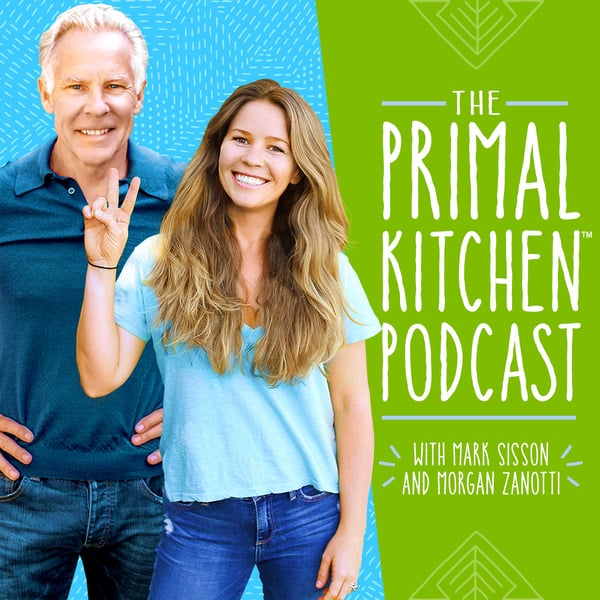25 Ways to Improve Your Insulin Sensitivity
The Primal Kitchen Podcast
Mark Sisson & Morgan Zanotti
4.4 • 717 Ratings
🗓️ 1 April 2015
⏱️ 18 minutes
🧾️ Download transcript
Summary
Insulin does a lot of important things for us. It pulls glucose from the blood and fritters it away into our cells to be burned for energy or stored as glycogen. It prevents hyperglycemic toxicity to neurons, pancreatic cells, the arterial walls and the generation of excessive levels of reactive oxygen species. It even promotes muscle protein synthesis and helps augment muscular hypertrophy, especially following resistance training. Clearly, we need insulin. Obviously, we don’t want to be insulin resistant. We want to be insulin sensitive. But how do we do it?
(This Mark's Daily Apple article was written by Mark Sisson, and is narrated by Brock Armstrong)
Transcript
Click on a timestamp to play from that location
| 0:00.0 | The following Mark's Daily Apple article was written by Marksissons and is narrated by Brock Armstrong. |
| 0:13.8 | 25 ways to improve your insulin sensitivity. |
| 0:19.7 | Insulin does a lot of important things for us. |
| 0:23.1 | It pulls glucose from the blood and fritters it away into our cells to be burned for energy |
| 0:28.5 | or stored as glycogen. |
| 0:30.7 | It prevents hyperglycemic toxicity to neurons, pancreatic cells, the arterial walls, and the generation of excessive levels |
| 0:40.8 | of reactive oxygen species. It even promotes muscle protein synthesis and helps augment |
| 0:48.3 | muscular hypertrophy, especially following resistance training. Clearly, we need insulin. Without it, we die, |
| 0:57.4 | as type 1 diabetics readily do without an exogenous source. But insulin has other effects, |
| 1:04.5 | like inhibiting the breakdown of body fat into free fatty acids for energy production. |
| 1:10.4 | Although locking fatty acids into body fat sounds terrible, |
| 1:14.5 | it isn't evidence of insulin being malicious. |
| 1:18.3 | Lipolysis is temporarily blunted |
| 1:20.5 | so that we can burn or sequester the glucose coming in. |
| 1:24.6 | Once the glucose is handled, |
| 1:26.7 | lipolisis resumes. We oscillate between fat burning and glucose |
| 1:31.3 | burning, seamlessly switching fuel sources when needed. Sure, we're not burning any fat when insulin |
| 1:37.4 | is elevated, but once our insulin levels normalize, we'll be back on track. When you're insulin sensitive, this is pretty much how it works. |
| 1:48.2 | You secrete enough insulin to get the job done, but not so much that you gain weight and stop |
| 1:53.5 | burning fat. |
| 1:54.9 | What if a person secretes too much insulin in response to a glucose load? |
| 2:00.1 | What if, for whatever reason, and there are dozens of possible culprits, |
... |
Please login to see the full transcript.
Disclaimer: The podcast and artwork embedded on this page are from Mark Sisson & Morgan Zanotti, and are the property of its owner and not affiliated with or endorsed by Tapesearch.
Generated transcripts are the property of Mark Sisson & Morgan Zanotti and are distributed freely under the Fair Use doctrine. Transcripts generated by Tapesearch are not guaranteed to be accurate.
Copyright © Tapesearch 2025.

